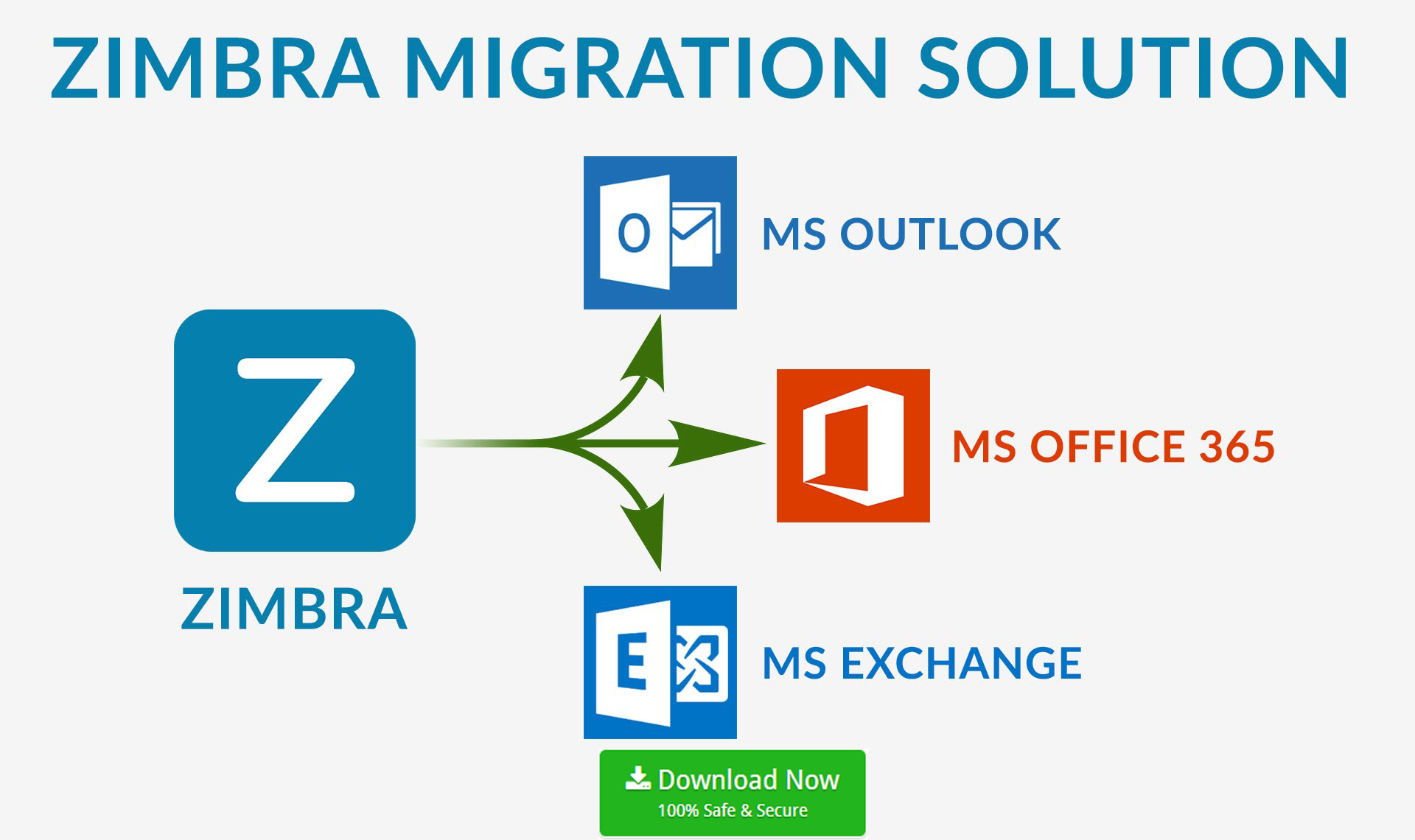
Above that are some buttons – Accept, Tentative, Decline, Propose New Time and a link to your Calendar.

In the Outlook preview pane you’ll see the date, time and location of the meeting. If you’re on the receiving end of one of these Outlook generated invitations you’ll see an email with some extra options. The appointment will appear in your calendar and messages will go out to the invitees. Once the appointment details and invitation list is ready, choose Send from the toolbar. ( You may get a prompt to join the Microsoft Office Internet Free/Busy service – click the ‘Don’t show this again’ box then Cancel. You can enter an email address for anyone not in your Contacts list. Type in names just like you would for an email message, and they will be resolved to Contacts in the same way. Just enter the names of the attendees, one per line. We mere humans don’t want to worry about all that. This is the part that seems overwhelming in an integrated office with shared calendars for all you can list people or resources and check availability – there’s even an Autopick option to choose the first available time for all the people your list. You can also attach images (say a street map) in this area. It’s a good place to put extra info like directions to the meeting place. Tip – anything you put in the large text comments area will go with the invitation. Since other people will see these details you might put in more details than you might for something you’d just read yourself.

Fill in the subject, location, times etc. To send an appointment you first create the appointment (not the email – Outlook will do that for you). If there are changes to the appointment – a change of time or venue then the change can be sent around to all concerned and their calendars will be updated. In effect the sender can track RSVP’s automatically.

Shared calendars are a nice idea but personally I don’t want people poking around in my appointments, even if it’s just to see what time is available. That’s all wonderful in companies which have all the back-end support for such things. Microsoft has built some fancy appointment stuff into Outlook with shared calendars, resource allocation and all manner of gizmos. It’s easy to share appointment details with other people, whether they use Outlook or not.


 0 kommentar(er)
0 kommentar(er)
